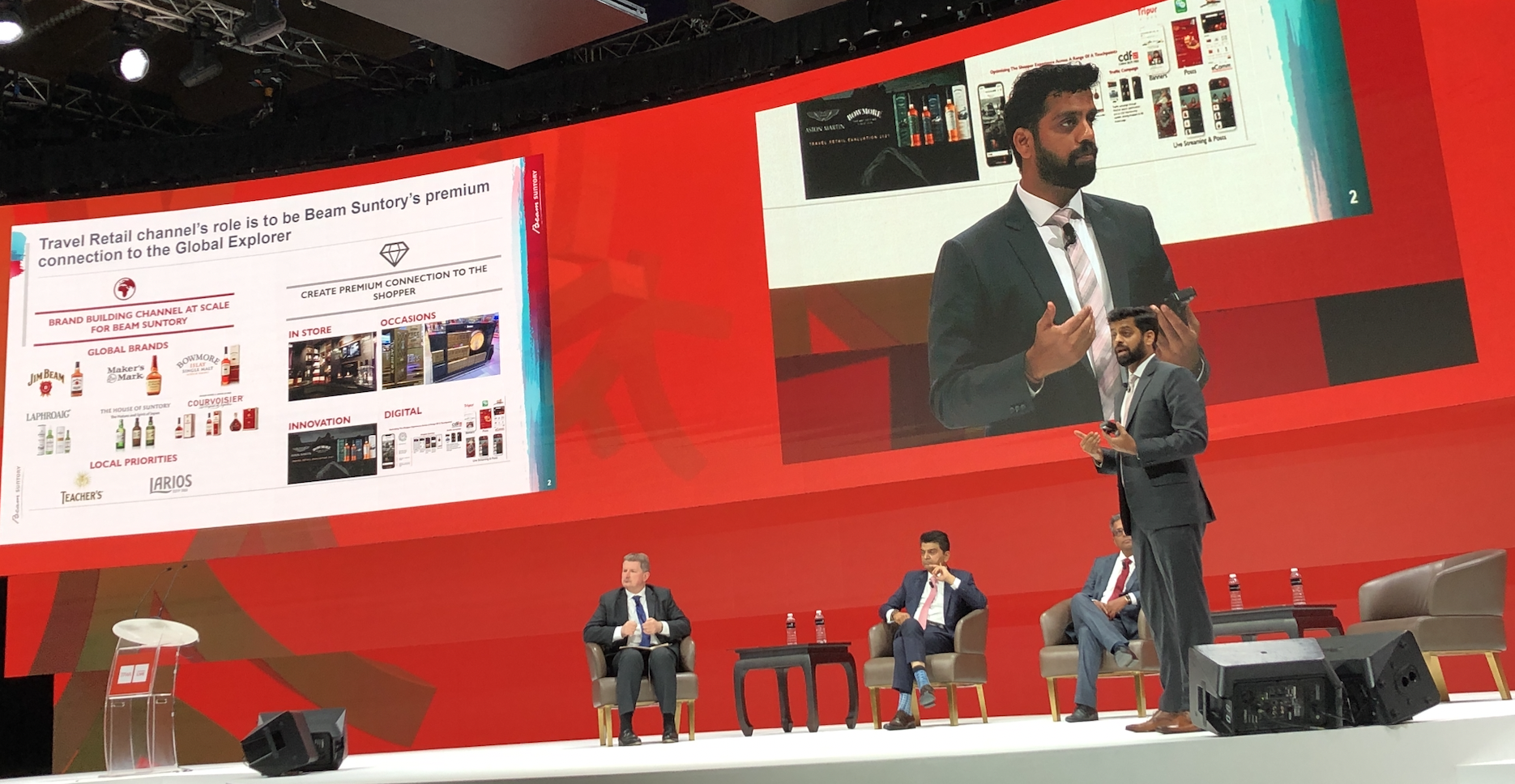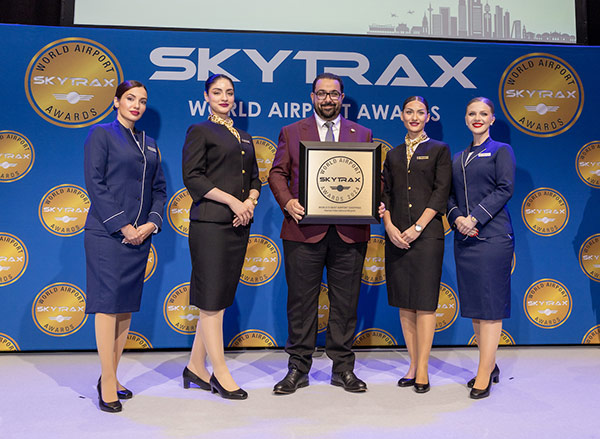INDIA. One of the highlight sessions of day one at the TFWA Asia Pacific live networking event in Singapore on 10 May was ‘Focus on India’, devoted to the recovery in a key regional travel market.
Delhi Duty Free CEO Ashish Chopra offered an encouraging view of the rebound, notably in the past two months as international traffic restrictions fell away.
He said: “We have started the year well. We expect to recover to 95-100% of previous sales levels in 2022. From October to March we did 66% of our pre-pandemic sales. But in the last two months (March and April) we have clicked around 88% of previous sales, with pent-up demand, as traffic reached 70%.”
Chopra noted that the industry had faced numerous challenges since 2019 but that the path to recovery has begun.

He cited a shopper survey that outlined how passenger preferences had changed pre- and post-pandemic. “Impulse purchasing is down, as is shopping frequency. But people are spending more. The intent to buy confectionery has gone up, similar with liquor, while in P&C it is coming back. People are also researching much more online than they ever did before.”

Chopra also highlighted trends in shopping from Delhi Duty Free’s latest financial year (FY22) compared to 2020, Spend per passenger has risen +25%, ATV is up +32% but penetration is down -5%. He said: “Once the blue collar or budget traveller comes back, penetration will be key and that will drive the industry forward. That is what we must focus on. People will not all spend +40% more when we have 100% of travel back. We have made good progress but what we must do is ensure there is something for everyone in the assortment.”
On the key categories, he said that price on liquor was now challenged by excise duty rules in Delhi. “In 2019 the rules around GST were changed, with states able to allow their own policy. At the time liquor and petroleum were not included. Now Delhi has rolled out own excise policy, meaning our price advantage is less than before. This is an immediate worry and something to look at with brand partners, It’s specific to Delhi but is a concern.”
While liquor is the prime category, Chopra said that P&C has grown by around +30% from 2018 through to today, and is the fastest growing category overall.

Bangalore International Airport Ltd Assistant Vice President – Commercial Development Pravat Kumar Paikray addressed commercial developments at what he dubbed the ‘new gateway to India’.
Paikray highlighted the attractions of Bangalore as a city, and raised the importance of partnership at the airport “to share the pain and the gain” with its partners.
As reported, BIAL has been managing RFPs for its core non-aeronautical channels in the new T2 in recent months. This includes a 15-year joint-venture agreement with a duty free partner, the winner of which will be announced shortly.
He said that BIAL has reengineered its commercial model. “We took ownership of delivering the passenger base. We linked all commercial terms to that passenger base. We made all commercial terms variable, none were fixed. If we don’t deliver 80% of our committed base, the minimum payable by our partners becomes zero. All our contracts are also now long term. We don’t believe in a one size fits all policy and that’s the basis for our future relationships too.”

Paikray said that the dream of a new terminal in a garden – Terminal 2 – is set to become reality in the next six months. “We aim for Bangalore to be a new home for shopping and dining. Tender processes are almost complete.”
The airport will feature numerous firsts for India, with a blend of local and international names. Big F&B names include Wolfgang Puck and UK chef James Martin, alongside brands such as Giraffe, Starbucks, KFC and Subway. First-time entrants to Indian airport F&B include Hard Rock Café, Johnny Rocket’s, Wendy’s and Jamie Oliver’s Pizzeria. There will also be a micro-brewery inside the airport.”
Fashion brand names will include Hugo Boss, Muji To Go, Swarovski, Michael Kors, Armani Exchange, Tumi and Superdry, as well as Hamley’s toy store.
On the duty free concession, Paikray said: Duty free is the growth engine. We are taking a true partnership approach. To realise its full potential we’ll put skin in the game via a new joint venture to take the business forward.”
He concluded: “We aim to make our airport a preferred destination.”

Beam Suntory Managing Director Global Travel Retail Ashish Gandham said that travel retail represents a “premium connection to the global traveller” and a key brand-building opportunity for the brand owner.
He said: “We have shown commitment to the channel over the past two years, with people at the core of what we do. We have retained our teams, we have enhanced collaboration with our partners and continued the innovation agenda while investing in experiences.”
On the Indian opportunity, he said the traveller demographic remains highly valuable. “The shopper is hyper-connected, they grab trends fast and the infrastructure is coming to support that.”
He cited strong penetration and conversion levels among India shoppers with 49% of them buying products on each trip, 2.2 times the global average, with liquor at the core.

Gandham also highlighted the powerful role of sales staff, especially in the spirits category – people now want to interact more than ever with staff, he said.
“The traveller now has high expectations, whether it is assortment of an elevated in-store experience. Innovation and exclusive will be critical, and we must tailor offers to specific groups and value pools. They want a seamless, digital in-store experience, with an experiential and immersive offer.
“It’s not only about the store but about the Trinity model at work to deliver that experience. That path to purchase must be taken care of, by all parties. We must use data to anticipate trends and adapt the offer, and navigate challenges such as manpower and supply collectively.”
*Click here for more from the TFWA Asia Pacific live networking event.












